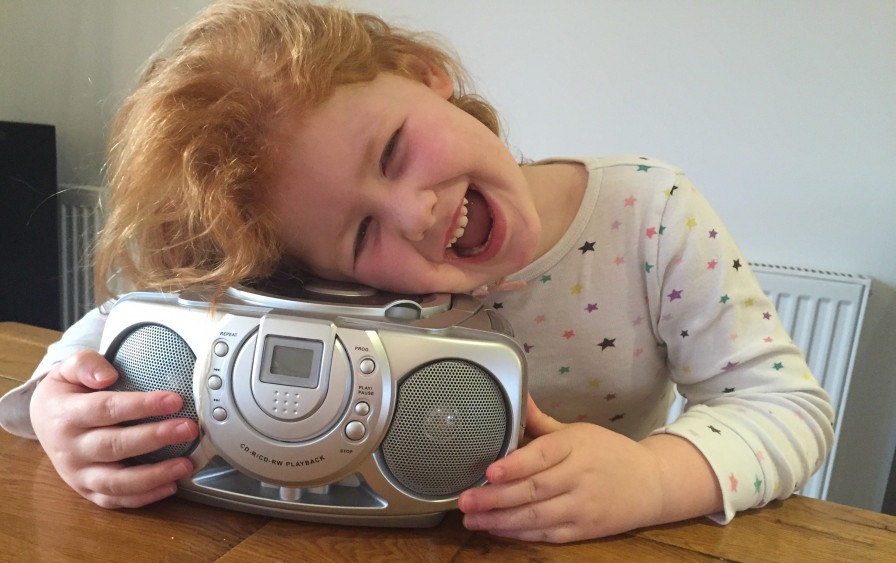New Early Years resource: Tune into Listening

A resource to develop active music listening in Early Years settings. By Nicola Burke
This resource has been produced as a result of a yearlong Mac Makes Music action research project called Tune into Listening, thanks to funding from Youth Music. Tune into Listening involved two key partners – Hillfields Children’s Centre in Coventry and Allens Croft Children’s Centre in Birmingham. Evesham Nursery School, Vale of Evesham School and St Paul's Nursery, Birmingham also participated in the project.
What does your EY setting sound like? Do you play recorded music? If so what style of music do you play, when do you play it and why? How many styles of music do you play? Do you have the radio on? If so why and who for?
In Early Years education and perhaps in Primary and Secondary education too, we tend to think visually and tangibly about our learning environment. There is little guidance around active music listening in Early Childhood education and no guidance regarding what is appropriate or inappropriate music to play to young children in EY settings.
The Tune into Listening research project explored how to create rich music listening experiences for children and the overarching research question was:
‘How can we use recorded music effectively?’
Children can listen in many manners of ways – just like children can learn, in many manners of ways. We found that some children preferred to listen whilst painting whilst others preferred to listen whilst moving, others preferred to simply just listen.
We played a wide range of styles of music and explored many ways of actively listening with children. We played listening games with children to explore what they could hear in music, what the music made them think of and we also explored playing music in the ‘background’ to observe the impact the music had on the children. The findings of the research are fascinating and wonderful – 3 year olds described some pieces of music as “snail poo” and used phrases such as “it sounds like floating on a boat.”
The children’s preferences in how they listened were affected by how they felt on the day, and the style of music that was played. For most of the children involved there was no set specific ‘way’ in how they listened. This is not particularly surprising as we can often listen to music in different ‘ways’. How we listen to music can change and can be impacted by how we feel and the style of music we are listening to. For example listening to strong ballads whilst driving and singing along may be more enjoyable than listening to them whilst exercising! The music we hear can impact how we feel and what we may be doing at any given moment. Music can be incredibly emotive and can impact our mood – both positively and negatively. How much is this considered in Early Childhood education?
On many occasions throughout the research we found that music brought children together, children that had not previously interacted with each other created a connection through music. Music often does create a connection between people – you only have to think of football matches and the chants that crowds use to unite them to see examples of this.
Music has the ability to move us, both emotionally and physically. How much is this considered in settings?
The online resource has been designed so that you can easily look at an area which may be of particular interest to you without the need of sifting through other areas. For example, if you are interested in music and movement then you can simply click on the ‘Movement’ section of the resource. The resource shares the findings of our research including film footage of children’s responses and offers practical ideas and suggestions for EY educators to use recorded music effectively in settings. This can be found at:
https://macbirmingham.co.uk/project/tune-into-listening-project/
